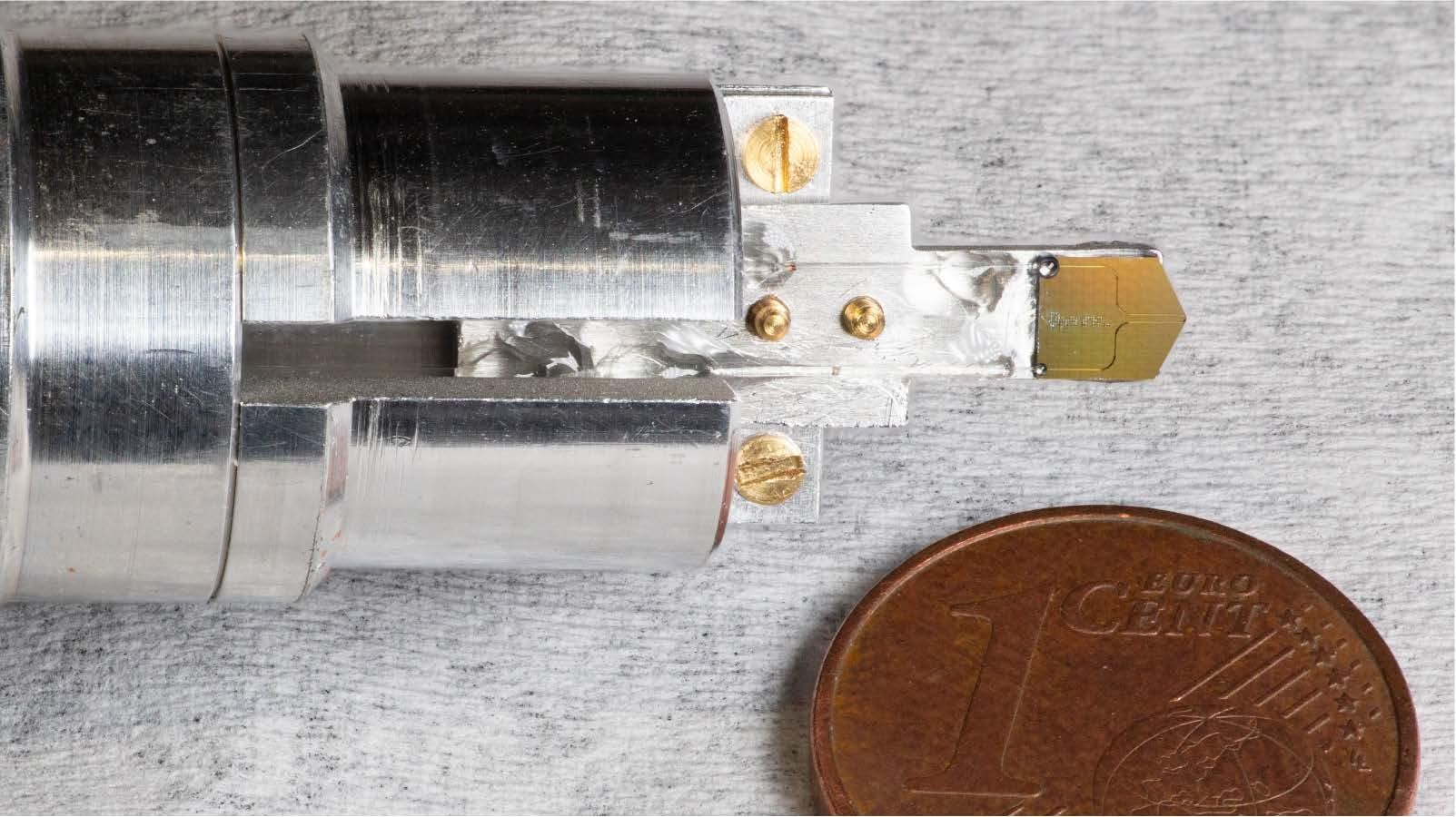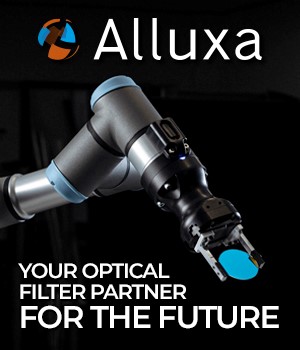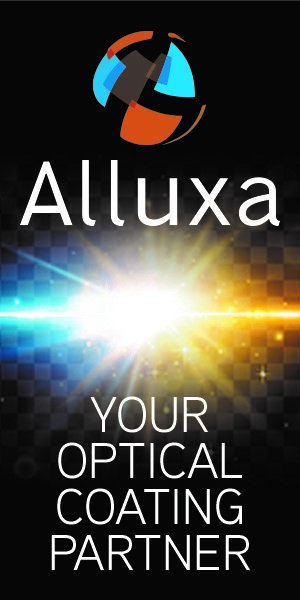29.10.25
Author: Nik Papageorgiou
Source: EPFL
EPFL researchers have developed a method to calibrate electron spectrometers with extreme accuracy by linking microwave, optical, and free-electron frequencies.
Frequency is one of the most precisely measurable quantities in science. Thanks to optical frequency combs, tools that generate a series of equally spaced, precise frequencies like the teeth of a ruler, researchers can connect frequencies across the electromagnetic spectrum, from microwaves to optical light, enabling breakthroughs in timekeeping, spectroscopy, and navigation.
Electron energy-loss spectroscopy (EELS) is a powerful tool used to investigate the structure and properties of materials at the atomic level. It works by measuring how electrons lose energy as they pass through a sample. But although EELS provides excellent spatial resolution, its spectral resolution, the ability to measure energy precisely, has lagged behind optical methods.
Current calibration methods for EELS rely on atomic energy levels, which limit both accuracy and range. For applications that require high spectral precision, such as nanoscale material analysis or vibrational spectroscopy, this poses a challenge.
To overcome this limitation, Professor Tobias J. Kippenberg, Dr Thomas LaGrange and Professor Fabrizio Carbone have developed a novel technique that brings the precision of optical frequency combs into the realm of free electrons. The work, published in Nature Communications, shows that it is possible to bridge frequency measurements across microwave, optical, and free-electron domains using a photonic chip inside a transmission electron microscope.
At the heart of the method is a silicon nitride (Si3N4) microresonator chip, integrated into a transmission electron microscope. The researchers shone a continuous-wave laser onto the chip. This laser was locked to a specific frequency using an optical frequency comb as a “ruler”.
As free electrons passed near the chip, they interacted with the laser's electromagnetic field, picking up tiny amounts of energy in quantized steps. This interaction modified the electron spectrum into a comb-like structure, where each peak corresponded to a multiple of the laser's photon energy, which had been precisely defined using the frequency comb.
By analyzing the comb-like electron spectrum, the team was able to calibrate the electron spectrometer with remarkable accuracy. They compared different calibration runs and found their method could detect systematic errors in the nominal dispersion of the spectrometer and correct them with high precision. This novel calibration approach is 20 times more accurate than conventional methods, and it remained stable across multiple laser frequencies.
They also showed that the electron spectrum alone could be used to calculate the optical frequency of the laser, essentially letting free electrons measure light.
The technique opens the door to ultrahigh-precision electron spectroscopy. It could improve our ability to study the vibrational and electronic properties of materials, analyze chemical bonding, or even explore quantum effects at the nanoscale. Because it uses common transmission electron microscopes in continuous-wave mode, the method is widely applicable. In the future, this work may lead to a new standard for defining energy changes in electron spectroscopy and even enable electron-based frequency combs.
Other contributors
EPFL Center for Quantum Science and Engineering
Funding
Air Force Office of Scientific Research
European Research Commission
ERC Horizon 2020
EPFL
References
Yujia Yang, Paolo Cattaneo, Arslan S. Raja, Bruce Weaver, Rui Ning Wang, Alexey Sapozhnik, Fabrizio Carbone, Thomas LaGrange, Tobias J. Kippenberg. Unifying frequency metrology across microwave, optical, and free-electron domains. Nature Communications 24 September 2025. DOI: 10.1038/s41467-025-62808-5





